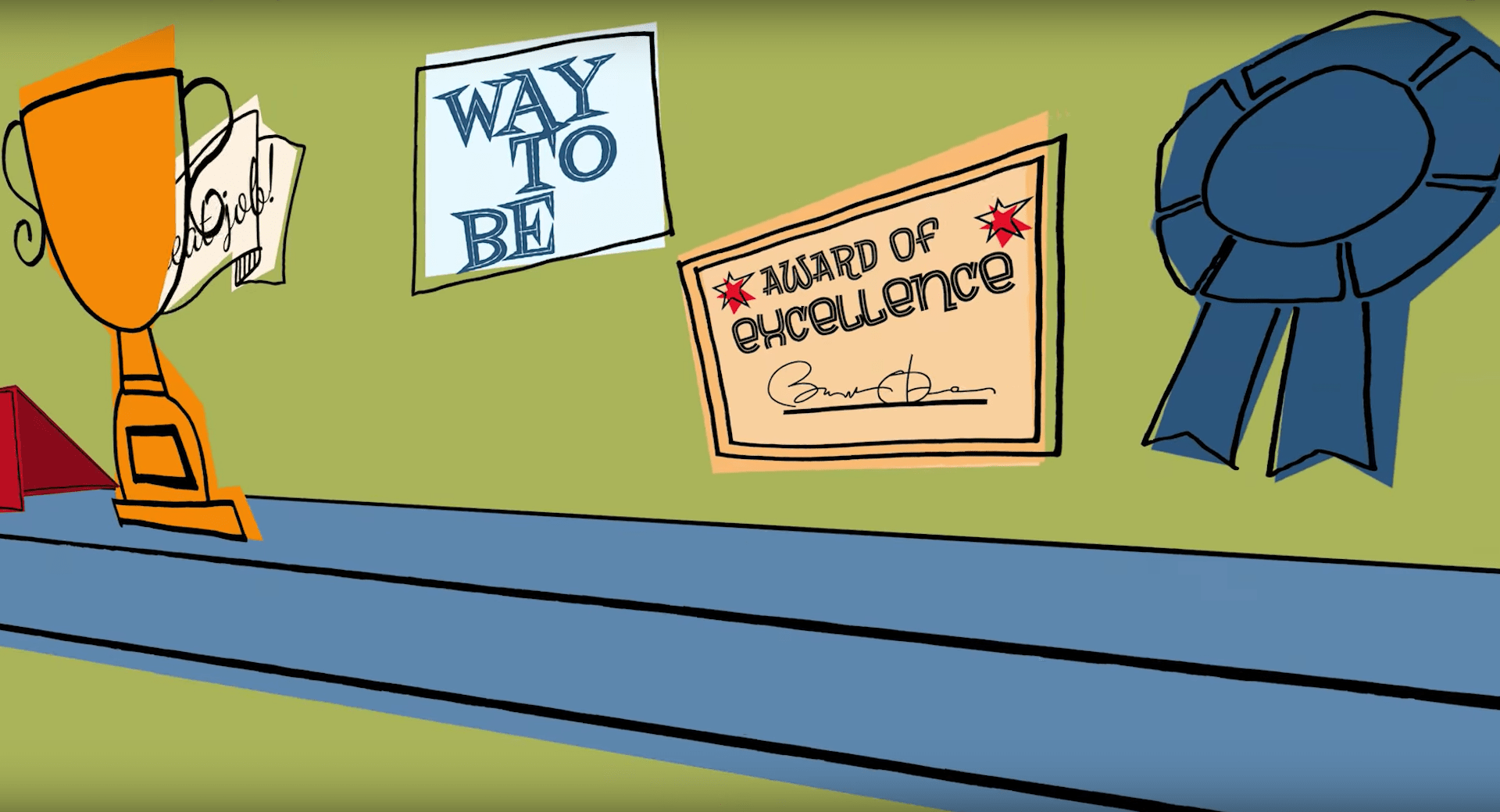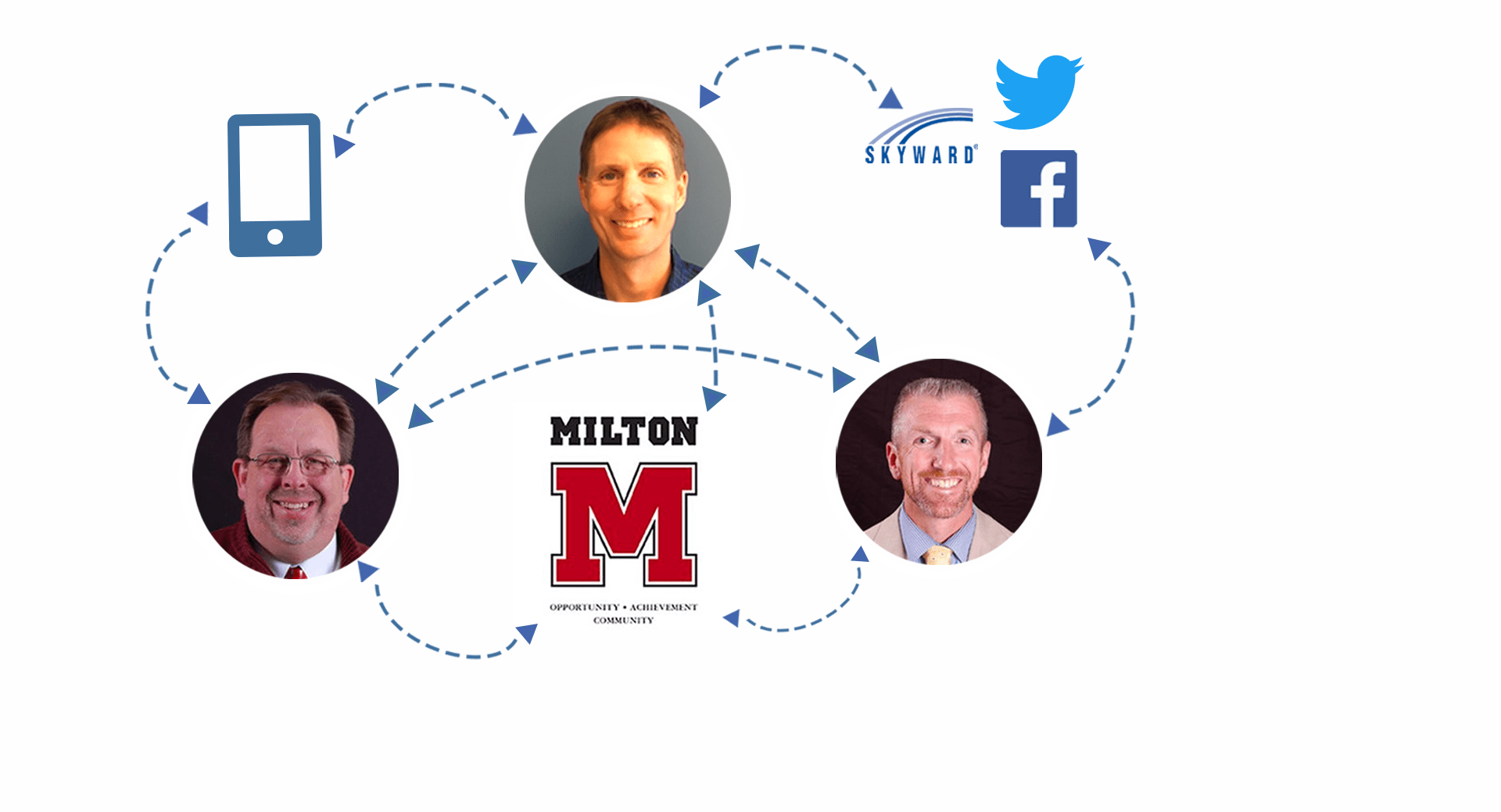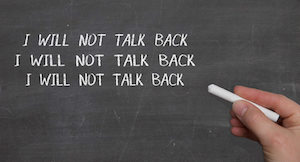
Have you considered how weighted averages can result in the inaccurate reporting of comprehension levels? Or how less-than-rigorous extra credit opportunities might actually be hampering achievement? Is the longstanding obsession with points, percentages, and letter grades getting in the way of the thirst for knowledge that used to lie at the heart of the educational purpose?
More and more, public school districts and their private counterparts are looking for a new approach. More often than not, the result hasn't been anything "new" at all. Standards-based grading (SBG) has been around for decades at the elementary level, but only recently have we seen it take off in high school.
No doubt the rise of the Common Core and subsequent spinoffs at the state and local level have been at the heart of this movement, but many of the schools that have piloted this program are reporting a change in culture and a level of ownership not previously seen in traditional models.
The Basics
Learning in a standards-based classroom looks different for a number of reasons. Final grades are just the start. Standards-based marks are calculated solely based on the activities and assessments students complete to demonstrate their mastery level in each of the course standards. Most (or all) of the assignments and test questions a student sees will be carefully linked to one or more standards, giving insight into a student's progression or need for individual attention.Another major difference between traditional classrooms and those that are standards-based is the option for reassessment. Since the goal of standards-based grading is to determine the mastery level students reach over the duration of a course, rather than at a single point in time, students have the opportunity to be re-assessed by their teachers. If they can demonstrate that they’ve reached a higher level of competency, the new, higher marks can replace the grades they earned on their initial evaluations.

The Grades
In a standards-based classroom, there is no such thing as bonus points. The thought process here is that a student’s ability to earn extra points doesn’t necessarily correspond to an increased understanding of the material. The ability to demonstrate proficiency in a new standard is the only way students can better their grades.Instead of giving letter grades, many teachers in standards-based classrooms grade on a scale of 1 to 4, where 1 indicates that the student has started to grasp the material and a score of 4 is reserved for students who have an excellent understanding of it.
Advocates of SBG prefer this grading method over the traditional one because it gives insight into exactly how well students are mastering each course objective. Proponents of SBG see traditional grading as less reliable because of how easily the overall grade can be swayed by bonus points, participation, or a deep understanding of just one aspect of the curriculum.
SBG is not a one-size-fits-all solution. A big part of the discussion in any school or district considering the move is which grading approach is best aligned with existing initiatives and long-term goals. SBG offers a flexibility that goes beyond just tweaking the GPA formula.
The Bottom Line
Those who have made the switch to standards-based grading believe in the ability of this skill-and-knowledge-centered method of assessment to give parents, teachers, administrators, and students a more holistic view of achievement. Although a transition to SBG requires educators to alter their curricula, many schools believe making the change is worth it. SBG’s ability to divert attention from letter grades, points, and percentages puts the focus back on what matters most: helping students learn.WHAT'S NEXT FOR YOUR EDTECH? The right combo of tools & support retains staff and serves students better. We'd love to help. Visit skyward.com/get-started to learn more.

|
Leah Kruger Product Manager |




